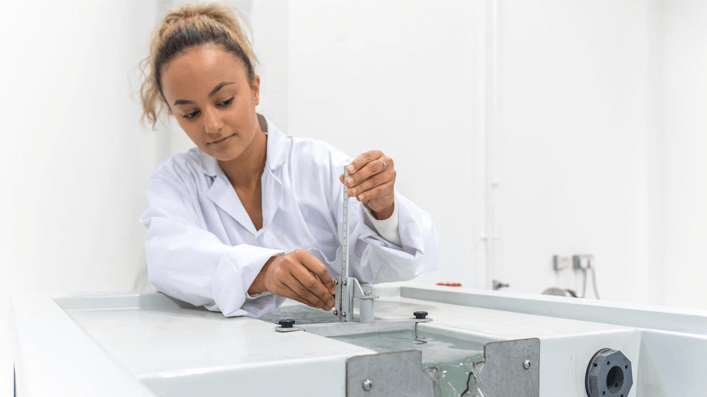Water Engineering
Water, Sanitation and Hygiene (WASH)

Our research is focused on developing the underlying analysis of evidence to influence policy and practice in the related fields of water sanitation and hygiene. We work with many development sector partners around the world including the World Bank and a number of non-governmental organisations. We organise the biannual WEDC conference and our research has helped over a million people gain access to clean water.
ON THIS PAGE: EXPERTISE | RESEARCH THEMES | PUBLICATIONS | STAFF
Expertise
We have wide-ranging experience and emphasise multi-disciplinary approaches. We study the functional, institutional, financial, environmental and equity aspects of sustainability, development and water management. The breadth of our experience in water and sanitation is shown in the links to project summaries below.
Research themes
We have undertaken research and consultancy projects for a variety of organisations including the World Bank and United Nations as well as well-known non-governmental organisations and U.K. research councils. Project summaries for research undertaken under various headings may be found by following these links to the WEDC web-pages:
- Emergency and post-emergency
- Equity and social inclusion
- Rural WASH projects
- Urban sanitation
- Urban water management
- Water resources and quality
Publications
Selected Recent publications
- ABDULLAH, A. and SOHAIL, M. 2021. The role of Islamic social finance in societal welfare: a case study of selected IFBOs in southwest Nigeria, International Journal of Islamic and Middle Eastern Finance and Management.
- KAYAGA, S., SANSOM, K., Godfrey, A., Takahashi, I., and Van Rooijen, D. (2018). Towards sustainable urban water services in developing countries: tariffs based on willingness-to-pay studies, Urban Water Journal 15(10), 974-984.
- LEREBOURS, a., SCOTT, R. and SANSOM, K. 2021. Private emptiers' perspectives on the regulation of faecal sludge emptying services in Sub-Saharan Africa, Journal of Water, Sanitation and Hygiene for Development washdev2021026.
- SOHAIL, M., CAVILL, S. and AFOLABI, O.O.D. 2018. Transformative technologies for safely managed sanitation, Proceedings of the Institution of Civil Engineers: Municipal Engineer 171(2), 78-85.
All publications and resources from WEDC are available in print or to download free of charge.
Staff with research activity in this area
- Sola Afolabi
- Sam Kayaga
- Rebecca Scott
- M. Sohail


